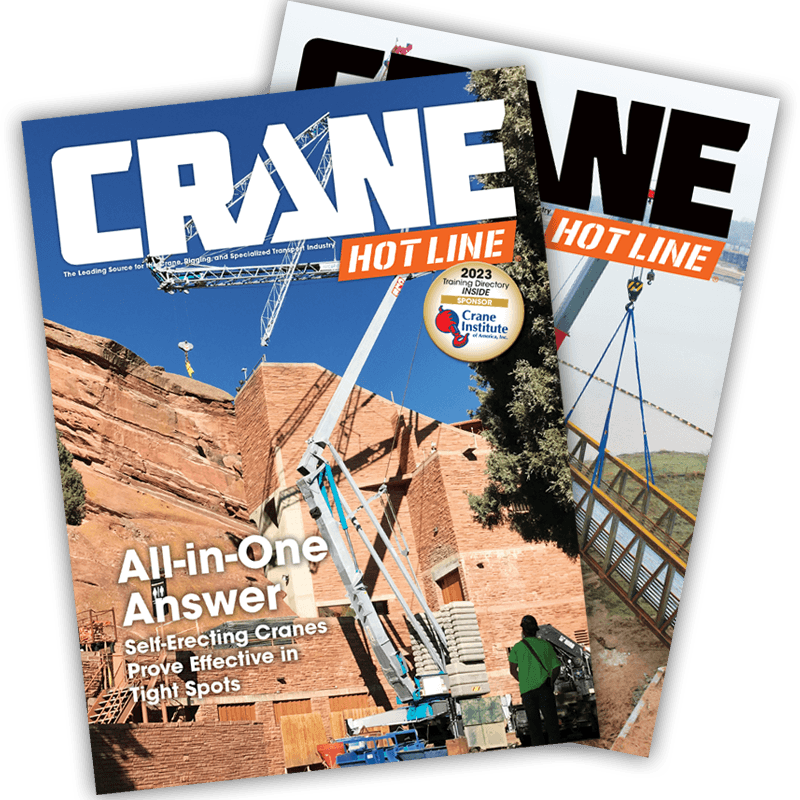Pile Driving After the Storm
April 19, 2006 — Whether on land, in shallow marshlands, or off a floating barge, BLR Companies, Rayne, La., a confederation of full-service oilfield companies serving the oil, gas and petrochemical industries throughout the Gulf Coast, uses its new its Link-Belt 108 HYLAB 5 to regularly drive timber location pile foundations. Outfitted with 100 feet of straight boom and loaded with extra counterweight that bumps up the crane's rating to 60 tons, Jackie Duplechain, marine superintendent for BLR, said it's a multi-functional crane that's small with exceptional weight and balance. But after Hurricanes Rita and Katrina hit the region last year, BLR's Link-Belt 108 HYLAB 5 was found working twice as hard.

Enlarge Image
Link-Belt's 108 HYLAB 5 crane extracts broken pile during hurricane reconstruction efforts.
“Almost as soon as Hurricanes Katrina and Rita had left the area, we had barges with cranes on them to assist in the severely impacted recovery area,” said Duplechain. “Extracting damaged or broken piling and driving new ones was both essential and time critical, as were the recovery and restoration of the production platform. The oil companies were adamant about resuming oil and natural gas production.”
One particular job using the barge-mounted Link-Belt 108 HYLAB 5 was a platform restoration operation in
The Link-Belt 108 HYLAB 5 crane was resting on 12”x12” timbers and fastened with a 1-inch diameter steel cable and two 3-foot-long turnbuckles to a pair of pad eyes welded to the barge deck. The cable was snug but had enough play to allow slight movement to prevent it from snapping if an unanticipated impact load was suddenly applied. “Weight, balance, and stability • very similar to loading a heavy, multi-engine aircraft • all enter the picture,” Duplechain said. “Just securing the crane to the barge is a major consideration; it's an important operation for on-the-water work.”
The barges were fastened together with wire and hemp ropes to help spread the area of stability over a larger square-foot area. Once this was done, divers were dispatched into the 10- to 15-foot-deep soft soil bottomed water to locate and rig for lifting the various debris-entangled production platform components. After the divers were safely out of the water and back aboard the barge, Dale Torro, the crane operator, began the tricky procedure to recover the buoyed loads and gently lower them onto the waiting transport barge.
“With speed and safety at the utmost, it wasn't long before this project was complete, and it was time to move on to the next location,” Duplechain said. “All our marine-related hurricane recovery work has had to be done without any disruption to our normal schedule to our heavy regular customer base.”


